|
We all know how Easter and the Easter Bunny can get the better our sweet tooth. It’s a time of chocolate, candy, and all things sweet, but it doesn’t have put our pancreas into overdrive. This year, try switching up your Easter treats to be a little more balanced. Here are a few unconventional Easter treats that can be put in your kids’ Easter basket or your own:
1. Dark Chocolate Instead of filling your Easter basket with milk chocolate, switch it out for some dark chocolate that’s 80-90% cocoa. Dark chocolate contains a much less sugar and saturated fat than milk chocolate and has some benefits to our cardiovascular system along with containing antioxidants. One little square is often enough to satisfy those chocolate cravings and the strong flavour will grow on you! 2. Herbal Tea There are so many unique tea flavours out there that you can find teas that taste just like desserts! Herbal teas don’t contain any caffeine which children should only consume in small amounts. Find a few fun tea flavours to put in your kids’ Easter baskets for a fun new twist on Easter treats. 3. Arts and Crafts Who says the Easter Bunny only brings chocolate and candy? Why not fill your Easter baskets with some fun arts and craft supplies to keep your kids (or yourself) busy and exploring their creativity? Colouring books, pencil crayons, markers, paint by number, water colours, and sidewalk chalk are all fun supplies to get their creativity flowing. 4. Chocolate Covered Fruit/Nuts Chocolate covered fruit and nuts (provided there aren’t any allergies in your home) are great little treats and include more nutrients and fiber than plain old chocolate would. Fiber helps to keep you full longer, meaning you’re less likely to eat more than a handful because they’re so filling. Dark chocolate varieties are also available and will contain less sugar than their milk chocolate counter parts. 5. Lip Balm Who doesn’t have dry lips after the long Winter months? Adding some lip balm to your Easter Basket creation can help ease those chapped lips. You can even go with some shimmery lip gloss to add some fun colour. 6. Reusable Water Bottle A fun reusable water bottle can help people stay hydrated throughout the day and is great for people on the go. An insulated one will help keep your water cold for most of the day. Natural flavours can be added to your water with the use of a water bottle that has an infuser like berries, lemon, lime, or cucumbers. 7. Jump Rope Since the weather will be getting warmer, some equipment to help the whole family get outside and get active is a great idea. A jump rope, sidewalk chalk, or a new basketball are all great options to persuade the whole family to get outside and enjoy the warming temperatures. 8. Sunscreen To protect everyone in your house from the increased amount of UV rays while they’re enjoying the warm weather, throw some sunscreen into their Easter Basket. There are so many different varieties nowadays to keep everyone happy. An SPF between 30 to 50 and any sunscreen medium (lotion, dry-spray, etc.) will do the trick. Although Easter is traditionally a time of chocolate filled Easter Baskets that often lasts for weeks, non-food items can become a new tradition. But don’t get me wrong, if you feel like enjoying some chocolate or sweets, allow yourself to enjoy those foods in moderation and not feel guilty about it. Foods that are solely eaten for pleasure are an important part of our diet and allow us to feel satisfied and not deprived. All foods can fit into a healthy lifestyle. Allow yourself to listen to your body and how it’s feeling, it can tell you a lot. Happy eating and healthy Easter! Writer: Jessica Salomon, MAN, RD nutritionbyjessicard.com
8 Comments
Lifestyle factors, including good nutrition and adequate exercise, have the potential to influence our health. A nutritious diet can help prevent illness and can help lower the risk of developing chronic diseases like Type 2 diabetes, heart disease, stroke, dementia and certain types of cancer. In fact, almost 80 per cent of premature stroke and heart disease can be prevented through healthy lifestyle behaviours (such as eating healthy, being active and living smoke free). What's Best? There are many diets or eating patterns, some healthier than others. So you may be wondering, which eating pattern is best? The reality is that there is no one absolutely, positively best diet for everyone. Everyone differs in terms of their:
Building a Balanced Diet
A basic healthy diet for disease prevention includes the following foods:
Work With a Dietitian Consider working with a dietitian if you have health goals or concerns about your risk of chronic disease. We will work with you to embrace food, understand it and to enjoy it while considering your overall objectives, needs and challenges. As dietitians, we look beyond fads and gimmicks to deliver reliable, life-changing advice. Writer: Stephanie MacNeill (RD) In this, the second week of Nutrition Month, I'm going to discuss foods potential to discover: Foster healthy eating habits in children by teaching them to shop and cook. In a culture that is increasingly relying on heavily processed, packaged and take-out foods, many children are growing up lacking basic food skills, including how to shop, cook and build a balanced meal. Teaching children from a young age, how to shop for and prepare healthy meals can set them up for a lifetime of healthy eating.
Cooking is also a great way to spend some extra time with your children or to reconnect after a long day apart at work and school. You can also use it as an opportunity to keep your cultural roots alive by teaching your children some of your favourite traditional family recipes. Getting children involved in meal preparation is fun and rewarding! For an easy school lunch that you and your child can make together, give this Rockin' Ranch Roll Up a try! 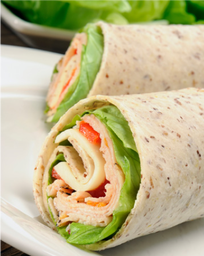 Makes: 1 serving Preparation Time: 5 minutes Ingredients 1 10inch whole wheat flour tortilla 2 tsp light ranch style dressing (or honey mustard) 2 slices deli turkey, chicken or ham 2 Tbsp shredded cheddar cheese 1 large leaf of iceberg, Romaine or Bibb lettuce 2 slices of tomato Instructions 1. Spread ranch dressing on tortilla. 2. Top one half of the tortilla with meat, cheese, lettuce and tomato. 3. Starting with the meat/cheese edge of the tortilla, roll up and enjoy! Notes: serve with a side of baby carrots and cucumber slices Visit Cookspiration or download the app for more great recipe ideas! Writer: Stephanie MacNeill (RD)
That's what you may be saying to yourself if you've seen the news recently. Cricket powder has gone mainstream as it hit Canadian shelves this week. The idea of eating bugs may be new to you, but entomophagy (the consumption of insects) is actually a common practice that has been taking place for tens of thousands of years! It's estimated that insects are part of the traditional diets of around 2 billion people. There are more than 1,900 edible insect species and the most commonly eaten bugs are beetles, caterpillars, bees, wasps, ants, grasshoppers and you guessed it, cricket. If you really think about it, it's not even that big of a stretch. Bugs are arthropods (they don't have an internal skeleton) and are closely related to crustaceans* like shrimp, crab, crawfish and lobster. So crustaceans are really just bugs of the ocean. Also, consider the fact that honey only becomes honey after nectar from the flowers is passed mouth-to-mouth from bee to bee. So if you really think about it, you've been an entomophagist most of your life. But seriously, what's so great about cricket powder?
Crickets have a myriad of health and performance benefits, while also being eco-friendly. Let's first look at some of the health and performance benefits:
Consuming insects is also more environmentally friendly. The resources required to produce 10 grams of cricket powder are 12 times less than the resources needed to produce 10 grams of beef protein. Crickets also require less land and water and produce fewer green house gas emissions than traditionally farmed animals. Over the span of a year, if a family of four ate one meal a week using cricket (or insect) protein, they would save the earth 650,000 litres of fresh water. I'm sure what you're really wondering though, is how they taste. Well, I haven't actually summoned up the courage to try cricket powder myself (although it is on my to-do list). I'm told that cricket powder adds a subtle nutty/earthy flavour...so maybe if someone just told me it was a nut I wouldn't even think twice. So, what do you think? Can you get behind these bugs in the grocery aisle? * A word of caution, people who are allergic to crustaceans and shellfish may have an allergic reaction to crickets. Additionally, if you have a pre-disposed allergy to insect bites or stings you should proceed with caution. Writer: Writer: Stephanie MacNeill (RD) I'm so excited to be part of this year's Dietitians of Canada Nutrition Month Campaign! We are celebrating Nutrition Month 2018 by helping Canadians unlock the potential of food to fuel, discover, prevent, heal and bring us together. Dietitians all have one thing in common: we love food! Shocking, right? Whether we are counseling a patient recovering from a heart attack, teaching a cooking class or taking students through a tour of a grocery store, we are all passionate about the potential of food and its connection to health. You will learn so much this month about the amazing potential of food! To kick off Nutrition Month, I'm going to discuss foods potential to fuel. Almost half of all Canadians say they find it challenging to eat a balanced diet because they are so busy. They often skip meals and close to 30% of Canadians say they eat of lot of snacks to stay fueled throughout a busy day. Snacks sometimes get a bad rap. To some, snacking means eating when you're not hungry and to others it means loading up on unhealthier foods like chips, cookies and candy. Nutritious snacks, in the right portion sizes can be part of a healthy eating plan and is a great way to get all the nutrients the body needs each day. Five Smart Snacking Tips: Fueling your body with healthy snacks between meals can help maintain stable blood sugar levels and lead to more consistent energy throughout the day. Snacks can also curb your appetite and prevent overeating at meals. Make snacking a piece of cake (okay, maybe that was the wrong analogy here) with these five tips:
Healthy Snack Ideas: Next time you're looking to fuel up between meals, skip the vending machine or coffee shop and give one of these tasty snack suggestions a try:
Visit Cookspiration or download the app for more un'beet'able snack ideas! Writer: Stephanie MacNeill (RD) The word macronutrients or macros for short is a fancy term for nutrients that we as humans need to consume to survive. There are 3 essential macronutrients; carbohydrates, fats, and proteins. Each individual food contains different proportions of all three macronutrients. Counting macros has gained popularity recently, replacing traditional calorie counting. Let’s breakdown what each of these essential macronutrients are and where to find them.
Carbohydrates A.K.A. “carbs” Carbs are your bodies main energy source. They provide 4 calories per gram. We need carbohydrates for brain function, muscle recovery and growth, digestion, basically all of the functions to keep us alive. Carbohydrates are found in many plant based foods and processed foods. When you think of carbs, these are foods that are traditionally thought of as sugary or starchy, be it natural or processed. Examples of carbohydrates are: fruit, vegetables (especially potatoes, corn, squash), legumes, grains-based food (rice, pasta, breads, quinoa), dairy (milk, yogurt), and processed items like crackers, granola bars, juices, and candy. Understanding the role of carbohydrates in your diet is essential when it comes to performance and body composition. Fats Fat is another main energy source. It is the most concentrated energy source, providing 9 calories per gram. Fats are needed in many important bodily functions such as energy use and storage, satiety, insulation, and fat-soluble vitamin absorption (Vitamins A, D, E, and K). Fat sources include oils, nuts, seeds, avocados, coconut, butter and margarines, and marbling in meats (found in red meats). The type of fat and timing of intake can influence your hunger levels, workouts, and overall health. Protein Protein has many important roles in the body. It provides 4 calories per gram. Protein breaks down into amino acids in the body and are used for many functions such as maintaining lean muscle mass, skeletal mass, the structural component of all cells in the body, and energy use. Food sources of protein include red meat, fish, poultry, dairy, eggs, soy (tofu, tempeh), legumes, and protein powders. Protein plays a very important role with the development and maintenance of lean muscle mass, and can be maximized with guidance around timing and frequency of intake. Why this approach might work for you For some, taking the focus away from “calories” and instead focusing on getting the right amounts of macronutrients can take away that feeling of restricting. It can encourage a more balanced diet by including a variety of foods that provide all three essential macronutrients. It discourages individuals from thinking a 1500 calorie diet is sustainable on only salads, egg whites and avocados. You may be feeling sluggish (I mean, where are the carbs?!) which impacts the quality of your workouts. For some it takes away the negative thought process of “I can only have” and instead allows for more positive thoughts like “wow I can eat THAT much protein?!” For those that like to plan ahead and meal prep, macro counting makes sense. Many athletes who macro count feel a sense of control over what they are having and feel more knowledgeable and in charge of their nutrition. Why this approach might not work for you As with calorie-restricted diets, it is another form of counting. Trying to stick to your allotted macronutrients can seem like a daunting task, think of Tetris on expert level. It can be very time consuming. Some of the food diary apps are not monitored for accuracy, so certain foods are incorrectly entered. What you think you are consuming might not be true. For example, if you type in “chocolate chip cookie”, you might get a dozen chocolate chip cookie options, all of varying carb, fat, and protein amounts. How do you know which one is most accurate? Measuring and weighing your food is needed to know exactly what you are consuming. This can be quite overwhelming for those who don’t have a lot of time for meal prep, those who don’t make their meals, or those who have little nutrition knowledge. Like calorie restricted diets, macro counting can allow for poor quality food choices, given they fit into one’s macros. It’s easier to count macros off of a nutrition label than it is weighing and measuring your fresh vegetables and lean proteins. To learn more about macro counting and if it would benefit you in your particular sport, speak with Sports Dietitians. Writer: Emilie Trottier (Specialties: Crossfit Nutrition Specialist, Weight Lifting, Mental Health, Chronic Disease Management, Weight Loss, Body Composition Change) “Health at Every Size” is a term you probably have seen all over social media and news. People either embrace it or demonize it. Some claim that it helps with self acceptance, positive body image, while others argue it enables obese people to remain obese, and those suffering with eating disorders to justify their behaviour. But what does it really mean? What is the purpose of the “Health at Every Size” movement.
The term “Health at Every Size” was coined by Linda Bacon, PhD in her very popular book The Surprising Truth about your weight: Health at Every Size released in 2008. According to Linda, the problem with weight is not fat itself, but with dieting. “A society that rejects anyone whose body shape or size doesn’t match an impossible ideal is the problem. A medical establishment that equates thin with healthy is the problem.” Additionally, Linda states, HAES is not a weight loss book, diet book or exercise program. The book is designed to encourage healthy living and support a shift from a client hating their themselves and fighting their body to learning to appreciate their body and their life. There are five main principles to HAES®: Weight Inclusivity
As one can see, the overall principles of HAES®: are positive and meant to support a healthy, well balanced lifestyle. Unfortunately, this term has been skewed by media and persons around the world to support unhealthy lifestyles and lifestyle behaviours including eating disorders, clinical obesity, sedentary behaviours and excessive food consumption. You are probably wondering, can someone be overweight/obese and be healthy. The answer to this is not a simple yes or no. It would depend on the definitions of the terms. Is someone judged overweight/obese based on the BMI alone (an outdated measure of body health); or is it based on weight circumference, body fat percentage? Is healthy based on the numbers found on a laboratory report or how active the person is? Or is it based on how balanced their life is with respect to food, exercise, sleep, social activity, etc.? As you can see, there is no simple answer and there is no single answer that is perfect for everyone. It is individual and specific to each person. What I can tell you, HAES®: is not a means to justify restricting, binging or purging food. Nor is it a justification for living as a couch potato. Engaging in any of these activities is not healthy for the body, mind or soul. So, what can you take away from this. Health comes in many shapes and sizes. The judgement of healthy comes down to more than a number on a scale, miles run, calories burned. Being healthy is about finding balance, acceptance and self-love. It is about being kind to our bodies, respecting our bodies and engaging in thoughts and behaviours that enable a positive lifestyle. Written by: Catherine Rose-Loveless, RD (Registered Dietitian, HAES Practitioner, Yoga Instructor and Wellbeing Coach) For more information on HAES® visit: https://lindabacon.org/health-at-every-size-book/ https://haescommunity.com/ It’s back-to-school season. That means back to routine and (hopefully) some sense of normalcy compared to summer. Regular schedules make it easier to predict mealtimes. However, school commitments can also lead to less free time. What does this mean in terms of healthy eating? Meal planning is key. Many of my clients get so overwhelmed by the idea meal planning they don’t know where to start. Following the steps outlined below will help provide you some guidance.
Step 1: Determine the number of meals you need to plan for Our routines may be predictable, or they may change week-to-week. Consider prep time, food budgets and eating environments when planning meals. For example, perhaps you want to have 3 dinners and 2 lunches planned for the upcoming week. Do your lunches need to be ‘grab-n-go’, or can you heat up food in a microwave? Do you have time to prepare dinners from scratch at home, or should one be a ‘set-and-forget’ meal done in the slow cooker. Write down the number of meals you need to prepare for the week and any necessary details (e.g. packed lunch, quick dinner). Step 2: Plan your menu Balanced meals should contain a variety of whole foods (i.e. food that doesn’t come out of a wrapper or package). Ideally, ½ the plate should be veggies and/or fruit, ¼ of the plate lean proteins and the last ¼ whole grains. Meal inspiration There are many places to find healthy meal ideas and recipes. Cookbooks and food magazines are great resources. But, most of my clients search the internet. I personally use Pinterest to find new recipe inspiration. Just be sure to read ingredients lists and find recipes that align with your nutritional goals. Also look at serving information if you are feeding a family or are planning for leftovers. Family favourites list I encourage my clients to create a list of at least 10 recipes that the whole family enjoys. These meals should also be easy and quick to make. Keep this list on the fridge when you run out of meal inspiration and ensure you are always stocked with the necessary ingredients. Some examples of quick last-minute meals include:
Overlap ingredients & plan for leftovers To save money, time and food waste, plan to make recipes that use similar ingredients. For example, if you want to make a recipe that calls for ½ a red onion, choose a second recipe that also incorporates red onion so that you use it up! The freezer is also a key tool when it comes to saving money and time. You can pretty much freeze anything so plan to cook once and eat twice by making extra recipe servings that you can freeze away for busy weeknight meals. Step 3: Make a grocery shopping list Shop your fridge and pantry first to make note of ingredients you have on hand. Then based on the recipes you’ve planned, create your shopping list. I’m a pen and paper type of person, but there are many apps to help with creating grocery lists (e.g. myShopi). The key is sticking to it! I also advise my clients to stock up on non-perishables as back-ups when they are on sale. Examples of non-perishable food items to keep on hand that make healthy additions to last-minute meals include:
Step 4: Schedule time to shop and prep If you are new to meal planning, set aside 3-4 hours each week to meal plan, write your grocery list, shop, and meal prep. Practice makes perfect. Over time you’ll become faster at every stage of the process. Healthy eating is hard work and meal planning takes effort. But, coming home to a delicious healthy meal, without the stress of figuring things out on the fly, is well worth the time and energy put into meal planning. Writer: Kerry Miller (Private Practice Registered Dietitian & Sport Nutritionist) Instagram: https://www.instagram.com/kerry.millerrd/ 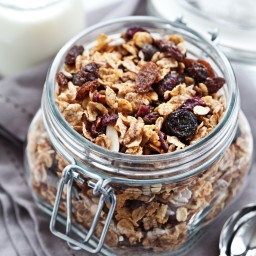 Photo by BigOven.com Photo by BigOven.com Are you an active individual eating a healthy diet and puzzled as to why you can’t take off the last 10-20 pounds? Specializing in sport nutrition and weight loss I see a couple common mishaps. Could a few key “health” foods be kiboshing your weight loss efforts? These 3 come to mind. 1. Granola 2. Nuts and nut butters 3. Salads The common denominator in this list is they are all deemed health foods with a number of nutritional benefits. While this is TRUE, there are some key considerations. 1. Granola Sure Granola can be super nutritious. But don’t be deceived, I’ve had more than one client shed pounds JUST by being mindful of their granola snacking habits! The Good: Points go to the nutritious and fibre rich ingredients, including nuts and seeds, oats, quinoa, coconut, and dried fruits. The Bad: Granola and granola bars, even homemade varieties, use a high volume of sugary ingredients like dates, and honey, providing that desirable crunchy and cohesive cluster. Technically ‘natural’ sweeteners, these are also very concentrated forms of carbohydrate. Furthermore, nuts and seeds, as well as nut butters pack a calorie punch. The Bottom Line: Snacking willy nilly on granola is too easy. And, since it’s deemed healthy, you don’t think twice about it. But with a 1/4 cup of granola being very high in carbohydrate, relatively low protein, and easily hitting upwards of 250 calories, your seemingly harmless, healthy snack habit may be a sugar spiking extravaganza that’s looking more like a meal. Solution: Search recipes for smaller quantities of sweeteners (dates, maple syrup, honey) and nut butters or modify yourself so it fits your needs. Compare recipes that provide nutritional info and serving sizes to give you a sense of what’s coming in. Strategically, using a measuring cup and closing the jar up out of sight can help ensure you don't overdo it. 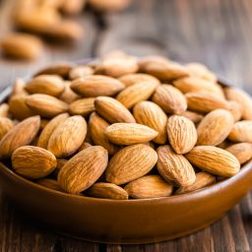 2. Nuts, Seeds and Nut Butters A convenient addition to snacks, salads, breakfasts and more, nuts, seeds and nut butters are healthful and something I recommend to clients to boost their intake of healthy fats. With an upsurge in paleo, keto, and other low carb diets, nuts and nut butters fill the void. But could it be that your peanut butter habit is sticking to your waist-line? The Good: I’m all for adding fats. Whole nuts, seeds and natural nut butters are a great source of heart healthy fat, high in omega 3s, fibre, and nutrients. They offer some protein and due to their fat content offer some satiety, which is a plus. The Bad: Per gram, fats are more than twice the calories as carbs and proteins. Nuts, seeds and nut butters, being a significant source of fat are thus calorie dense. How many of you measure your nuts or pay attention to how much nut butter you spoon out? Since psychologically 12-15 almonds or a mere tbsp of PB seems pretty meagre, it’s easy to overdo it. The Bottom Line: Including these healthy fats is a definite DO for our diet but portion control is key. For all the low carbers out there, your fat needs are indeed higher, just know that these tasty little bites are not a free for all. Solution: Measure Measure Measure. If you’re a sucker for nuts and nut butters pre pack them in controlled quantities or find them already pre packed in individual sachets (black diamond brand sells these and found at most Costco stores). Avoid mindless snacking on nuts in front of the T.V., or having a nut jar on your desk which could facilitate overdoing it. 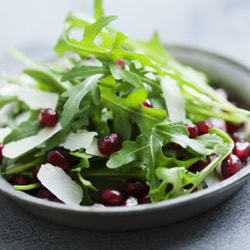 3. Salads So you heard it here, salads and raw veggies could be making you fat! No, it’s not the plate of romaine or a few baby carrots that's the problem, but how about the dips and toppings on your greenery? Peruse the nutritional facts on some popular chain restaurant menus and have a look at how your salads could be adding up. The Good: Veggies are very high in water, fibre, vitamins and minerals and the ruffage takes time to chew and digest helping with satiety. The veggies themselves are nutritionally dense NOT calorically dense. Filling your plate with loads of veg is great for preventing hunger, and keeping us super healthy. The Bad: Most don't eat a plain plate of leaves or raw veg unadorned. Tune in to the fancy toppings, adding loads of calories, including bacon bits, shredded cheese, chèvre, dried fruits, nuts and seeds, crispy tortilla bits, and the list goes on. Then add on the dips and dressings poured generously on top. You get the picture. One tablespoon of dressing or dip alone runs you 120 calories or more. I’ve seen restaurant salads racking up to over 600 calories per plate. The Bottom Line: Salads and raw veg are a great choice. Most of us need to be eating more! They don’t have to be bland to be healthy, but added dressings and crunchy bits can add up. When it comes to raw veg, how many times does your carrot hit the dip? The Solution: Compare labels, or make your own dressings and dips that are more healthful; for example replacing oil with greek yogurt and herbs or higher ratios of lemon juice, and vinegar. Measuring out your dressing and asking for it on the side when dining out gives you the most control and can be a significant calorie saver. The message here is that there CAN be too much of a good thing. Sometimes it’s not what you’re eating but how much! Practicing mindful eating and proper portioning with all foods ensures you don’t overdo it. Learning more about food and the nutritional value of your snacks and staples can help you make more educated decisions. Check in with a nutrition expert, compare labels and menu nutrition data, or try out a food app tracker periodically to clue you in. Writer: Debora Sloan (RD, certified personal trainer and Crossfit coach) 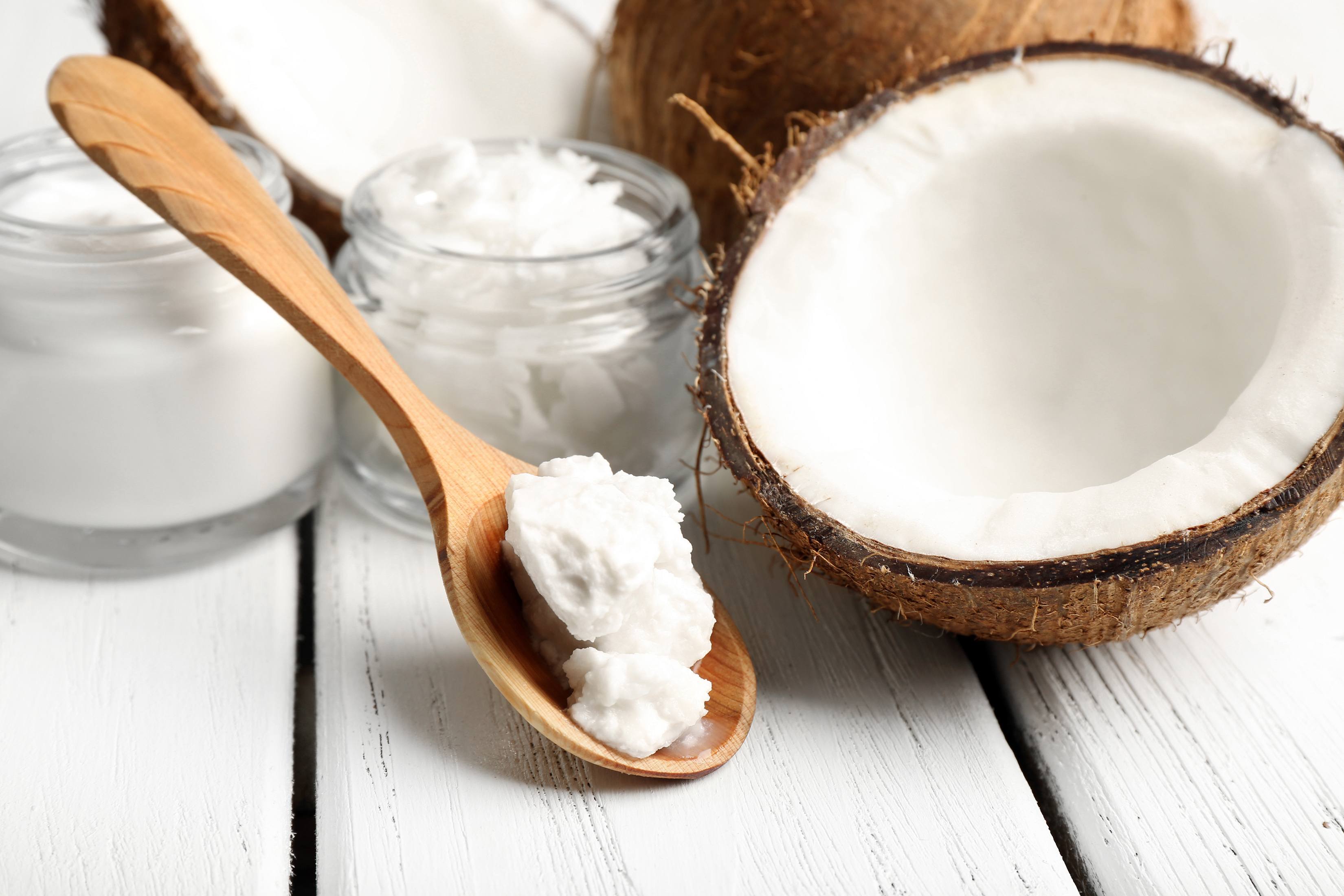 Photo: Huffington Post Photo: Huffington Post Everywhere you look, there are social media posts and articles claiming coconut oil to be the magical answer for digestion, dry skin, weight loss, and everything in between. This has people going out to buy buckets of the high fat oil and using it in cooking, baking and whole body care. Unfortunately, the scientific evidence has provided some mixed reviews, which confuses not only the general public, but also some health professionals too! Today, we look at the benefits and cautions of coconut oil and provide an ultimate conclusion to sum up what we currently know about this fad ingredient. Coconut oil comes from extracting and pressing the oil from the flesh of coconuts. There are two different versions available- unrefined and refined. Unrefined, or virgin coconut oil is a stronger tasting and flavourful option, while refined is more processed with a higher smoke point, making it better for cooking. What are the benefits? Flavour First and foremost, if you enjoy the flavour of coconut then this will be the oil for you. As mentioned before, unrefined coconut oil is richer in flavour and may be more pleasing to you for that reason alone. Shelf life Some brands may differ slightly in the shelf life, however; in general, coconut oil can be stored for one to two years. Since the melting point is approximately 24 degrees Celsius, the consistency of the oil will vary depending on the temperature of the storage space. In order to keep your coconut oil in solid form, it is recommended to store it in a cool and dry area. Smoke point The smoke point of oil is important to take into consideration when cooking at high temperatures, such as when frying foods. Exceeding the smoke point (the temperature at which the oil begins to burn and smoke) will create an unpleasant odour and alter the chemical make-up of the oil. Due to the reduction in the amount of nutrients in the oil as well as potentially creating harmful free radicals, it is suggested to avoid overheating oil in general. Luckily, the saturated chemical bonds of coconut oil can withstand some heat before it begins to break down. The smoke point of unrefined/virgin coconut oil is 350 degrees Fahrenheit, while refined is around 400 to 450 degrees Fahrenheit. It is still recommended to not use coconut oil for frying foods, as these high temperatures will likely exceed the smoke point. Medium Chain Triglycerides Medium chain triglycerides (MCTs) are a form of saturated fatty acids that largely make up coconut oil and have been the topic of many research studies in the recent years. Evidence has suggested MCTs provide some form of weight loss aide, improvement in insulin sensitivity in Type 2 diabetics, increased HDL (“good”) cholesterol, increased fat oxidation (fat burning), and may play a dietary therapeutic role in the treatment of epilepsy for children. Why should I be cautious with coconut oil? This is where the recommendations get tricky. As you can see, there are some potential benefits to including coconut oil in your diet. However, there is still a need for additional research to assess the long-term health consequences of a diet high in saturated fat/MCT. A number of studies surrounding the benefits of coconut oil were performed on mice, and although this is a common occurrence, translating this information is not as easily done. There are many differences that need to be taken into consideration when applying mice/rat studies to human recommendations, so be aware of this. Conflicting evidence Here is a doozy: coconut oil does not necessarily completely correlate with the MCT researched benefits. Although coconut oil does contain MCTs, the actual amount of and available “benefits” have not yet been identified. Recently, there have also been research papers delving more into the effects of a diet high in MCT, suggesting that there may be an increase in hunger/appetite, which is the opposite of what has been previously understood. Additionally, the American Heart Association released a statement in June of 2017 that read “The advisory, an analysis of more than 100 published research studies dating as far back as the 1950s, reaffirmed that saturated fats raise LDL, or “bad” cholesterol. Tropical vegetable oils such as coconut oil contain high levels of saturated fats, and the authors reported that coconut oil raised LDL cholesterol in seven controlled trials.” Keeping heart health in mind is extremely important with the modern day high fat, highly processed and super-sized culture of North America. Be cautious with the amount of coconut oil, and saturated fat in general you are including in your diet. In summary, there are a lot of mixed messages when it comes to coconut oil. Human research is still needed to provide more applicable and concrete recommendations for the general population to follow. That being said, consuming high amounts of calorically dense fat, WILL set you up for weight gain. If you want to switch up your options for oils, give coconut oil a try in small amounts. Opt for unsaturated fats such as extra virgin olive oil or canola oil more often, as these have been heavily researched and are known for their heart healthy properties. Ashlen Leonard, RD, BASc, PMDip Registered Dietitian leonard.ashlen@gmail.com |
Categories
All
Archives
November 2021
|
- Home/ News
- About
- Services/ Store
- Media
-
Learning Center
- ESN Athletic and Healthy Lifestyle Learning Center >
-
Professional Learning Center
>
-
The ESN Sports Nutrition Certificate
>
- ESN Learning Center - Sports Nutrition Certificate Level 1 >
- ESN Learning Center Sports Nutrition Certificate Level 2 >
-
ESN Learning Center - Sports Nutrition Certificate Level 3
>
- Module 1 - Periodization for the Athlete
- Module 2 - Nutrition Strategies to Optimize Recovery
- Module 3 - Sports Nutrition for Children and Young Athletes
- Module 4 - Sports Nutrition for the Aging Athlete
- Module 5 - Nutritional Strategies for Injury Prevention and Concussions
- Module 6 - Nutritional Strategies for the Travelling Athlete
- Module 7 - Tournament Nutrition Strategies
-
The ESN Sports Nutrition Certificate
>
- Contact
Proudly powered by Weebly


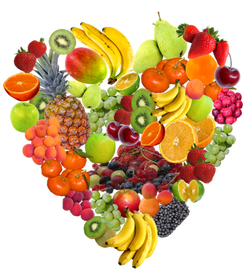



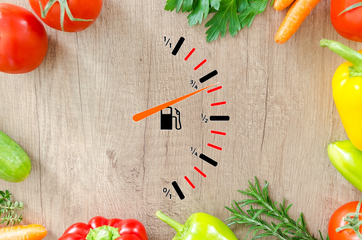

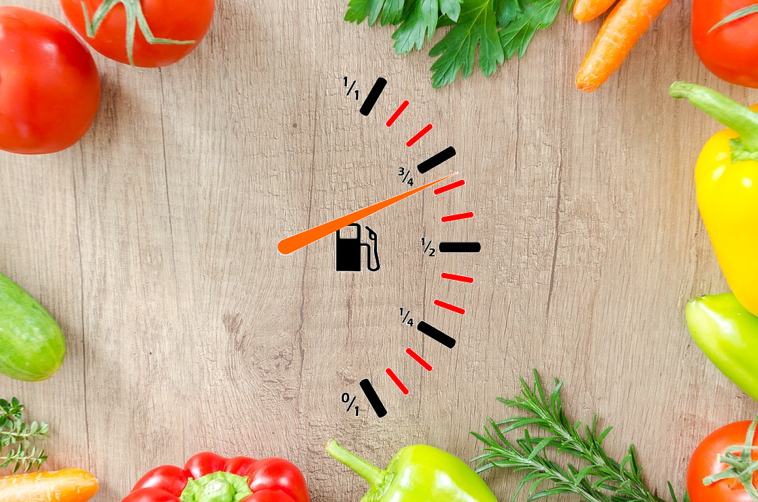

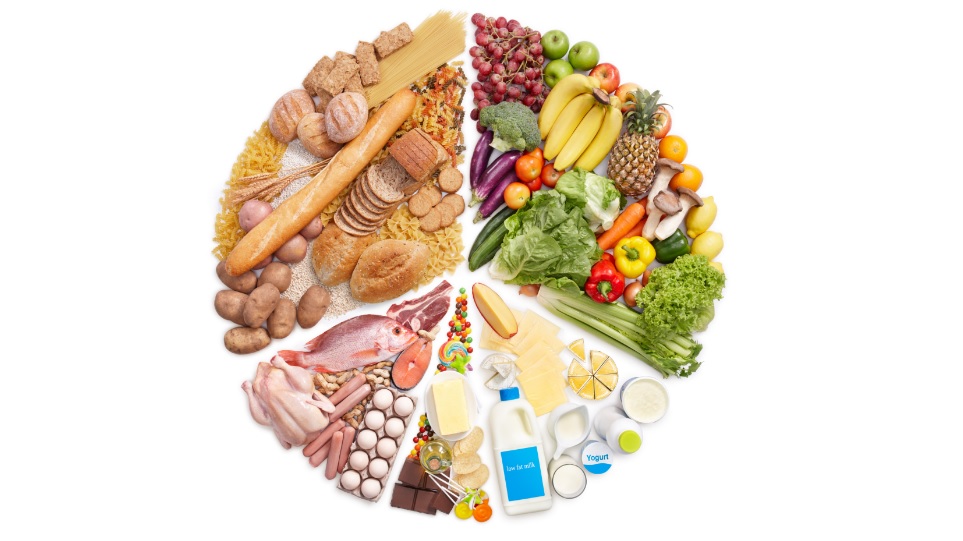

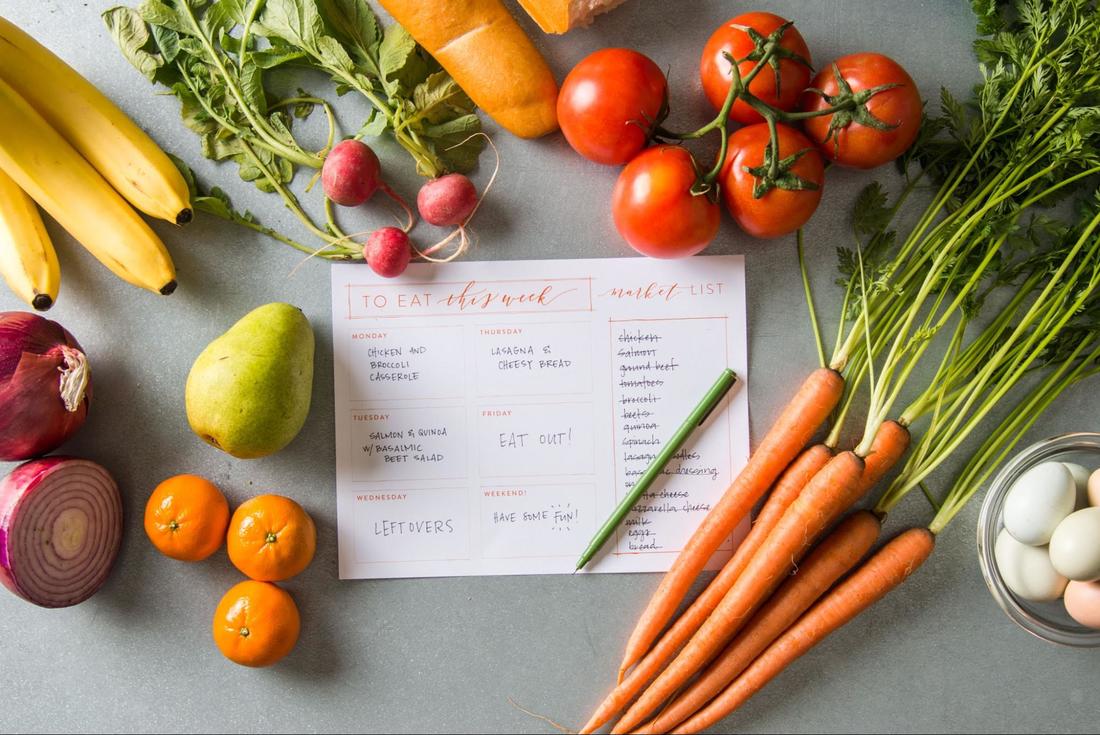
 RSS Feed
RSS Feed